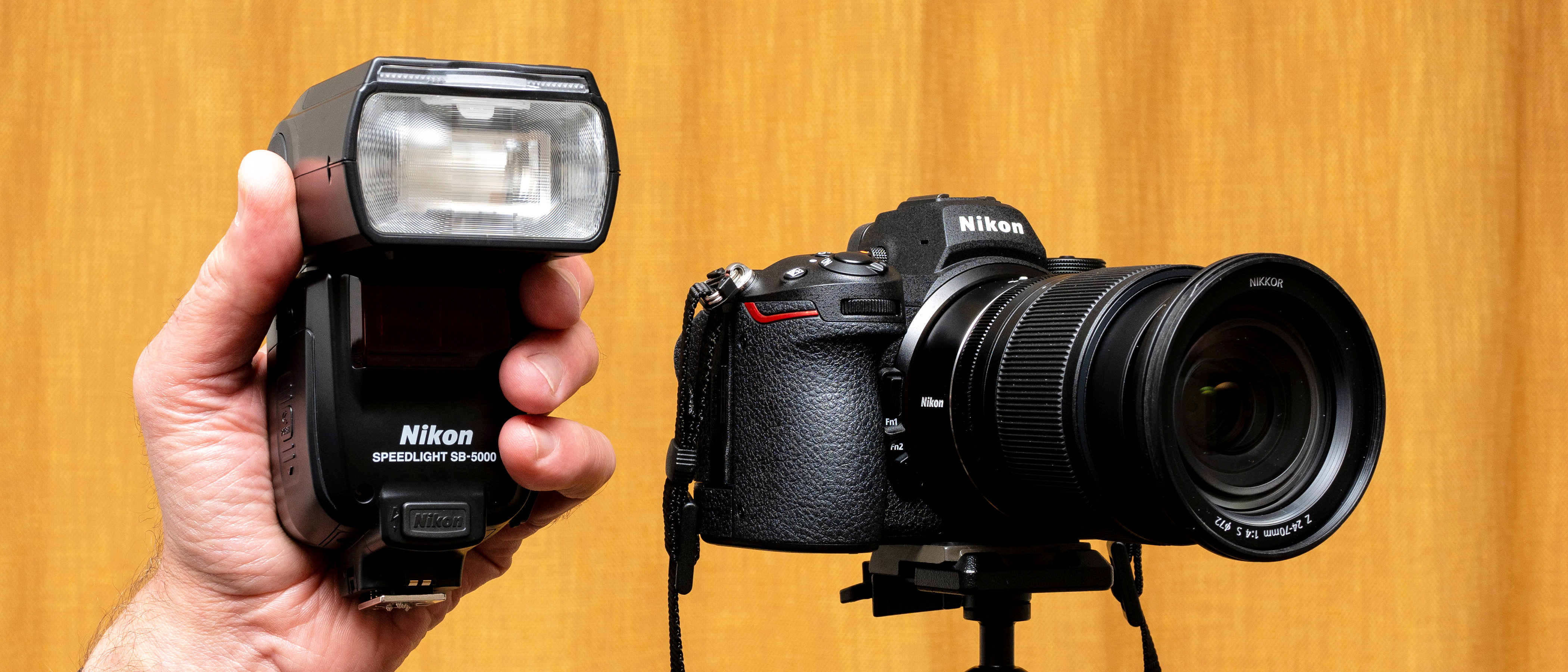Digital Camera World Verdict
Nikon’s top-end Speedlight has a good wadge of mod-cons including a 24-200mm motorized zoom head, a full complement of regular sync, high-speed sync, slow-sync and rear-curtain sync, plus a programmable stroboscopic flash mode, along with a beefy maximum power rating. As well as the usual infrared wireless commander/slave options, it adds a built-in RF receiver but, compared with an RF transceiver, that’s something of a missed opportunity.
Pros
- +
Tough build quality
- +
Wide-ranging features
- +
RF wireless slave mode
Cons
- -
No RF wireless commander mode
- -
No secondary LED constant lamp
- -
Relatively poor value for money
Why you can trust Digital Camera World
The range-topping Speedlight SB-5000 has the most powerful maximum output and the most generous motorized zoom range of any own-brand Nikon flashgun. It also adds a programmable stroboscopic flash mode so you can fire a sequence of flashes during a long exposure. Build quality is of a pro-grade standard but, unlike some competing flashguns from other manufacturers, it lacks a weather-sealed mounting foot and is comparatively expensive to buy.
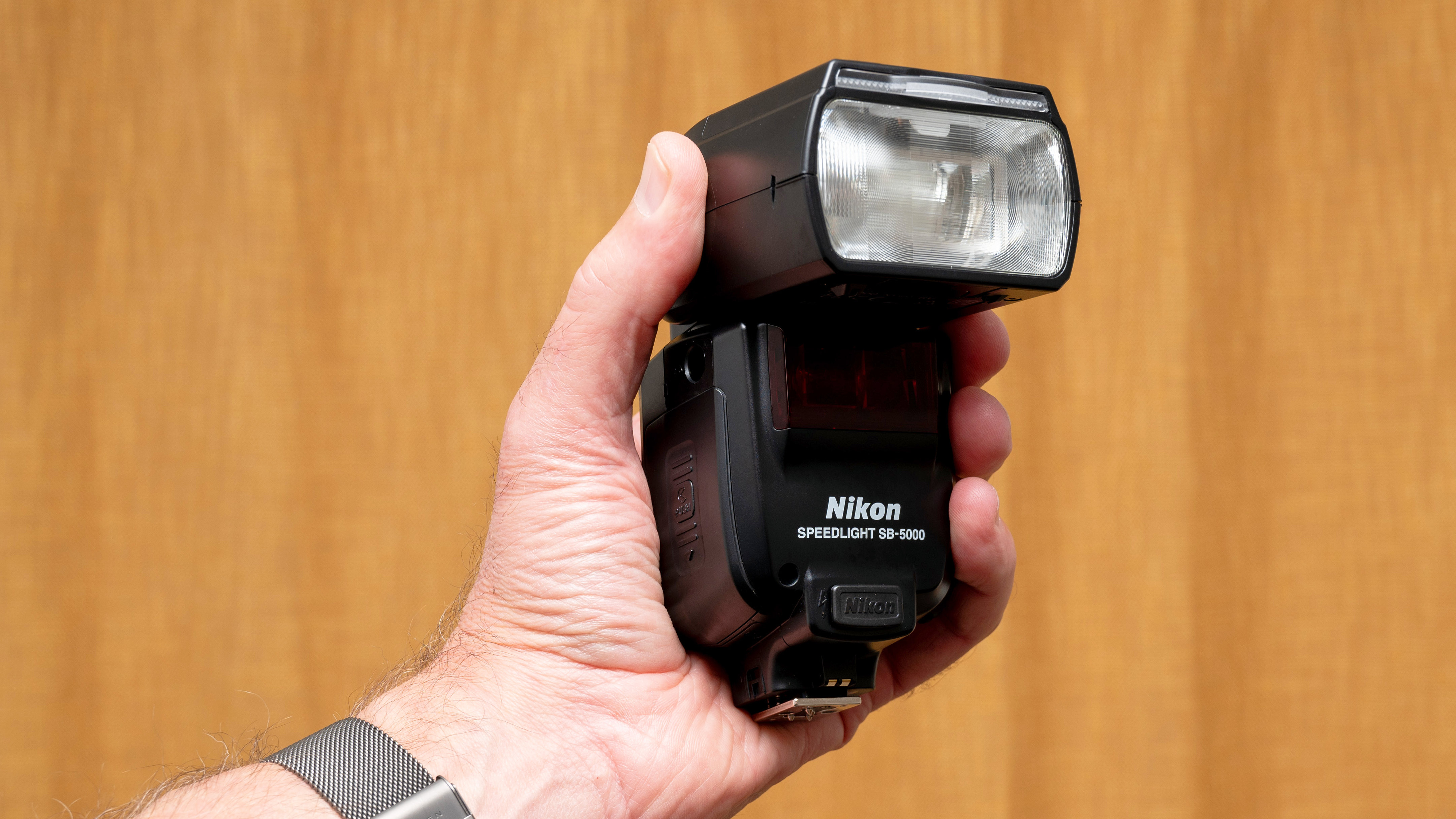
Specifications
Dedication: Nikon
Gn, ISO 100, max zoom (m / ft): Gn 55 / 180
Bounce range: -7 to 90 degrees
Swivel, left / right: 180 / 180 degrees
Zoom Range: 24-200mm
Manual Power Settings: 1/1 to 1/256
AF-assist beam: Red lamp
Wireless: RF slave, optical commander / slave
Additional Flash Modes: HSS, RC, SS, Strobe
Dimensions (W x H x D): 73 x 137 x 103.5 mm
Weight (excl batteries): 420g
Key features
With a rating of Gn 55 / 180 (meters / feet, ISO 100) at its longest zoom setting of 200mm, the SB-5000 certainly isn’t lacking in maximum power. To make full use of all that power, it features an integral cooling system that enables over 100 full-power flashes in quick succession. And for more subtle or close-range lighting, the intensity is adjustable all the way down to 1/256th of maximum output.
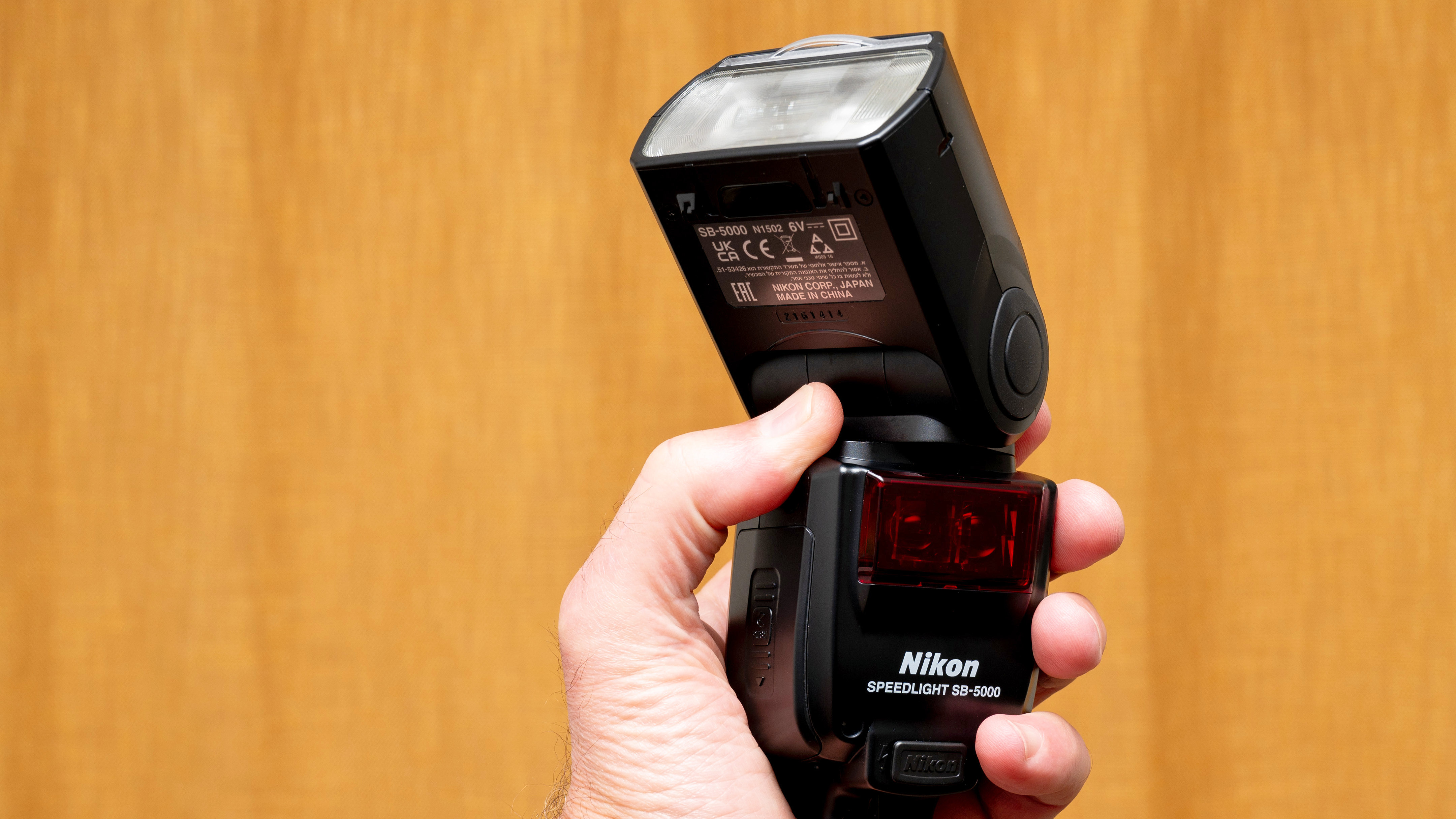
As with the less expensive Nikon Speedlight SB-700, this one is supplied complete with a diffusion dome, tripod/tabletop stand, and color-matching filters for tungsten and fluorescent ambient lighting, complete with auto-sensing. The whole kit fits snuggly into a soft case that’s supplied as part of the kit. As well as having a greater maximum power and zoom range than the SB-700, the SB-5000 adds a programmable strobe mode and a built-in RF receiver.

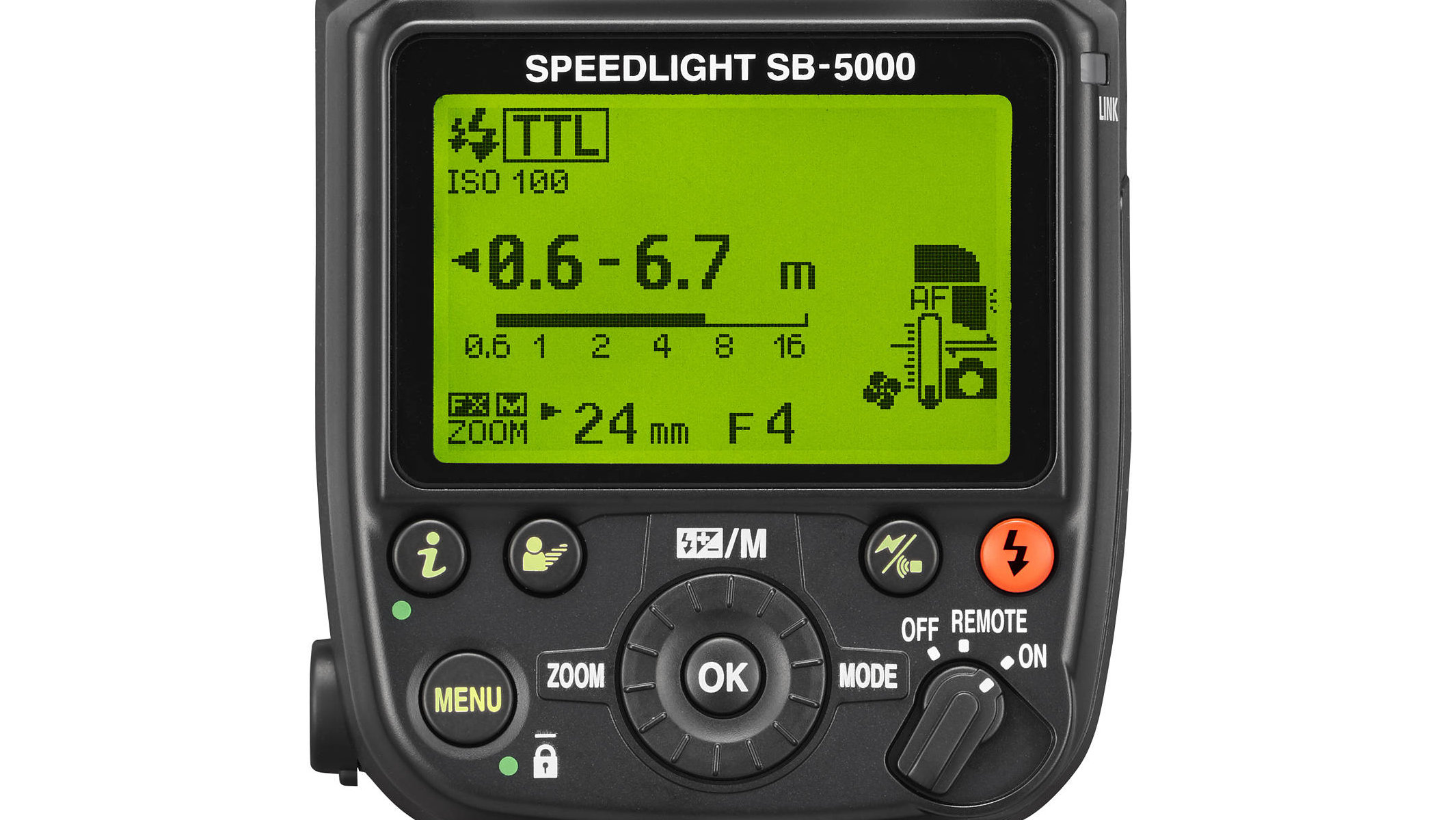
Let's take a closer look at the supplied accessories, and how they work...
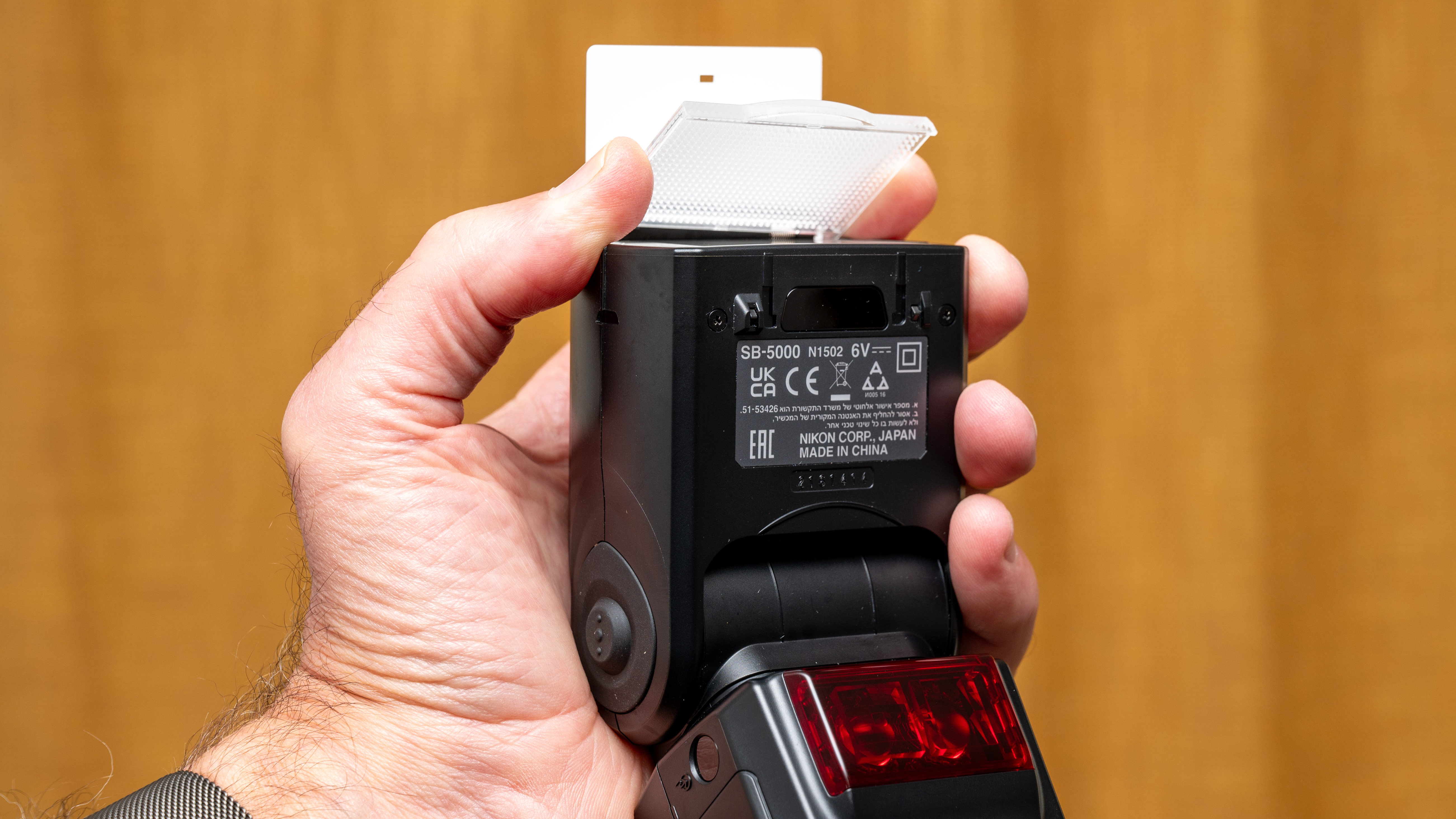
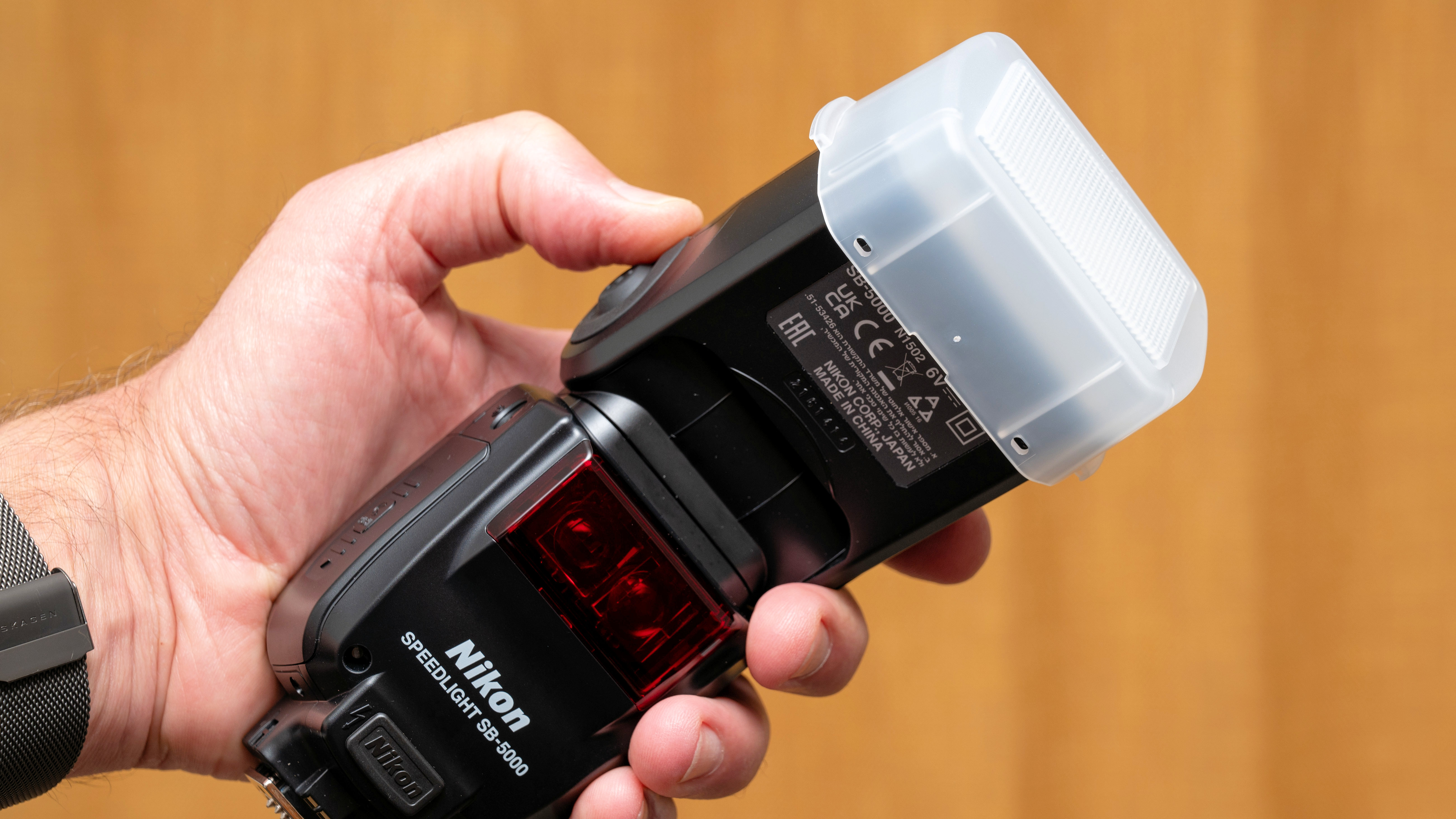
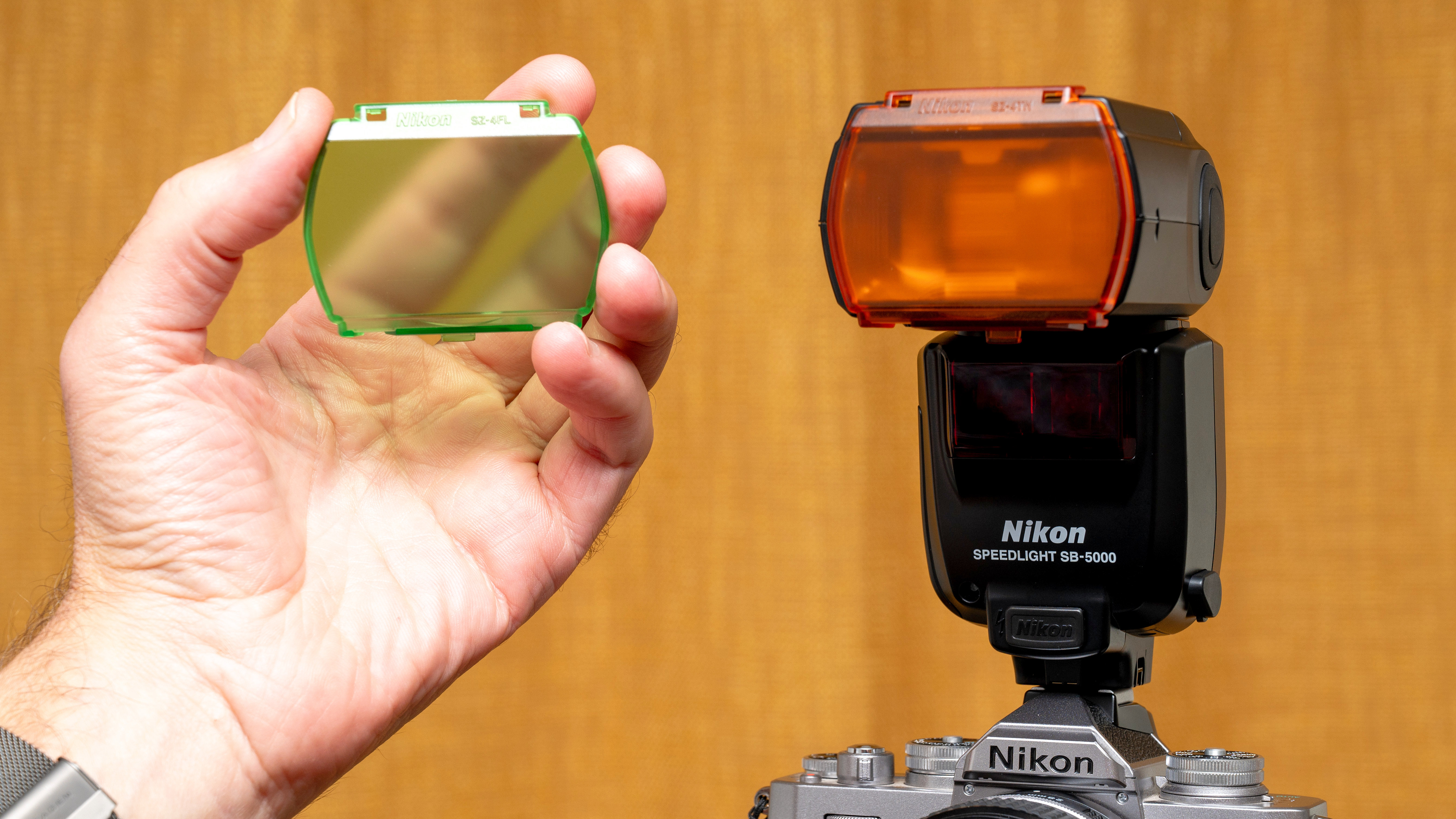
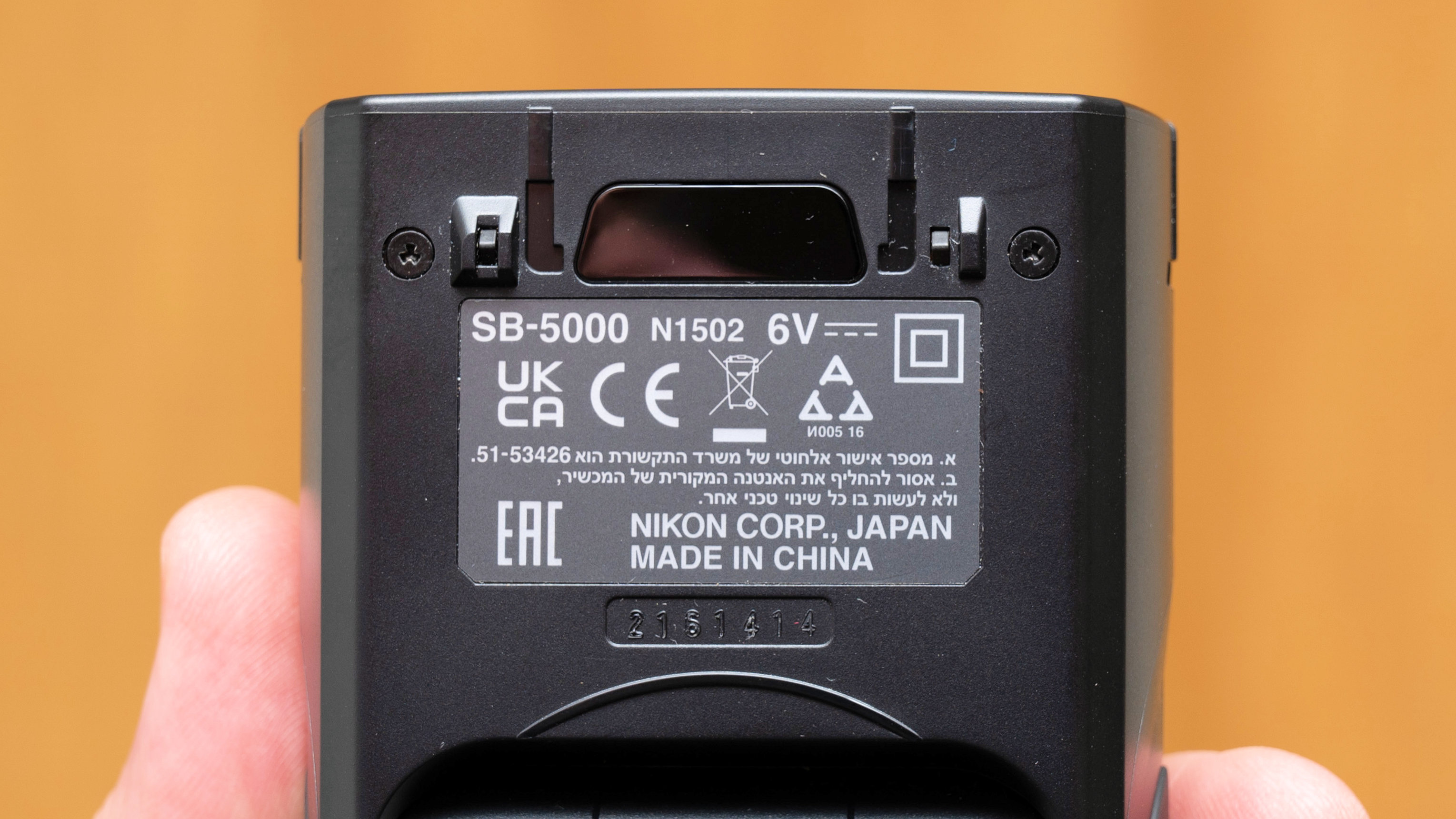
The RF receiver boosts the off-camera connectivity range from about 7m to 35m, and enables triggering from any angle. Other bonuses are that RF linking works through obstacles and even around corners, and is much more reliable when shooting under bright sunlight. For working with more conventional additional Speedlights in master and slave mode, infrared linking is also featured. There's also a sync terminal for triggering via a cable.
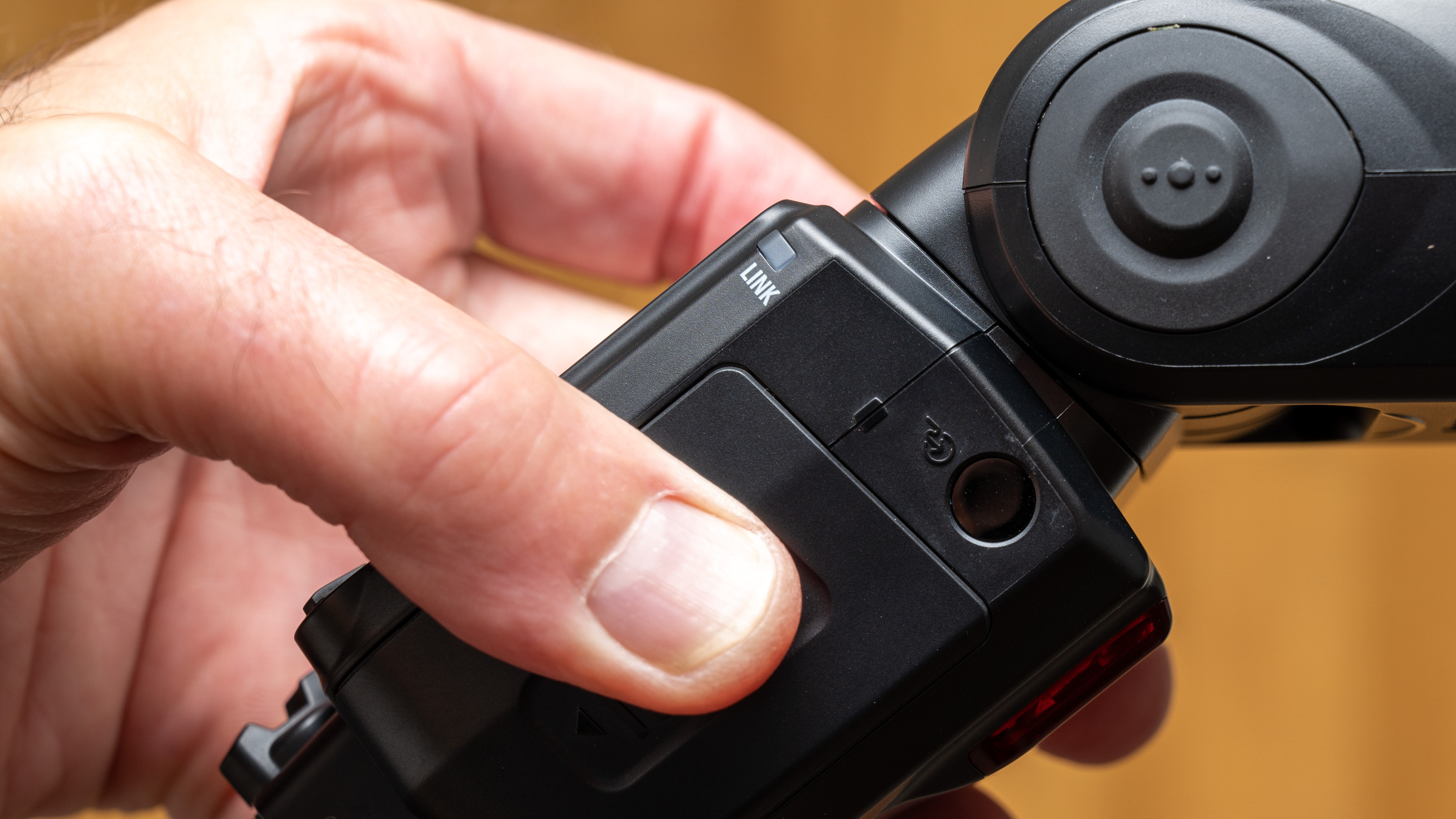

It's not all good news, however, in terms of connectivity. Unlike some independent (and much less expensive RF flashguns) including the Nikon-dedicated Hahnel Modus 600RT Mk II and Godox V860III-N, the SB-5000 only has an RF receiver rather than a transceiver, so you can’t use it as a trigger in commander mode. The working range is also less than the 100m that’s now quite common. Infrared wireless commander/slave modes are still available, albeit with a much shorter range.
A plus point over the SB-700 is that regular i-TTL and i-TTL-BL (Balanced Light) flash metering modes are both available in the full range of camera exposure modes, whereas regular i-TTL mode is only available with the SB-700 when using the camera in spot metering mode.

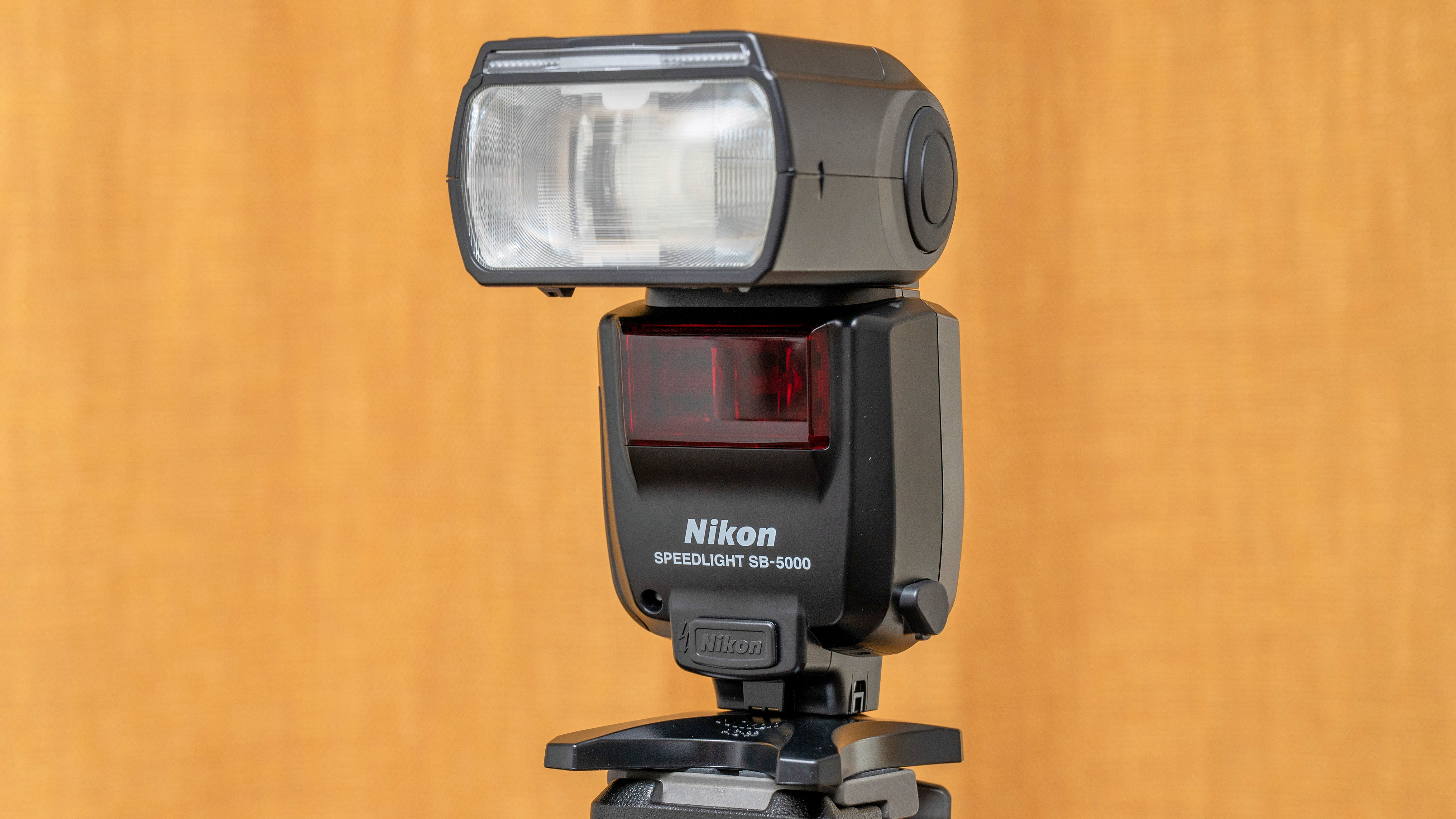
Performance
Punching above its Gn 55 rating, maximum output from the SB-5000 equals or exceeds that of many Gn 60-64 flashguns on the market. Recycling speeds are also particularly rapid, even when using AA cells, rather than Nikon’s optional power pack.
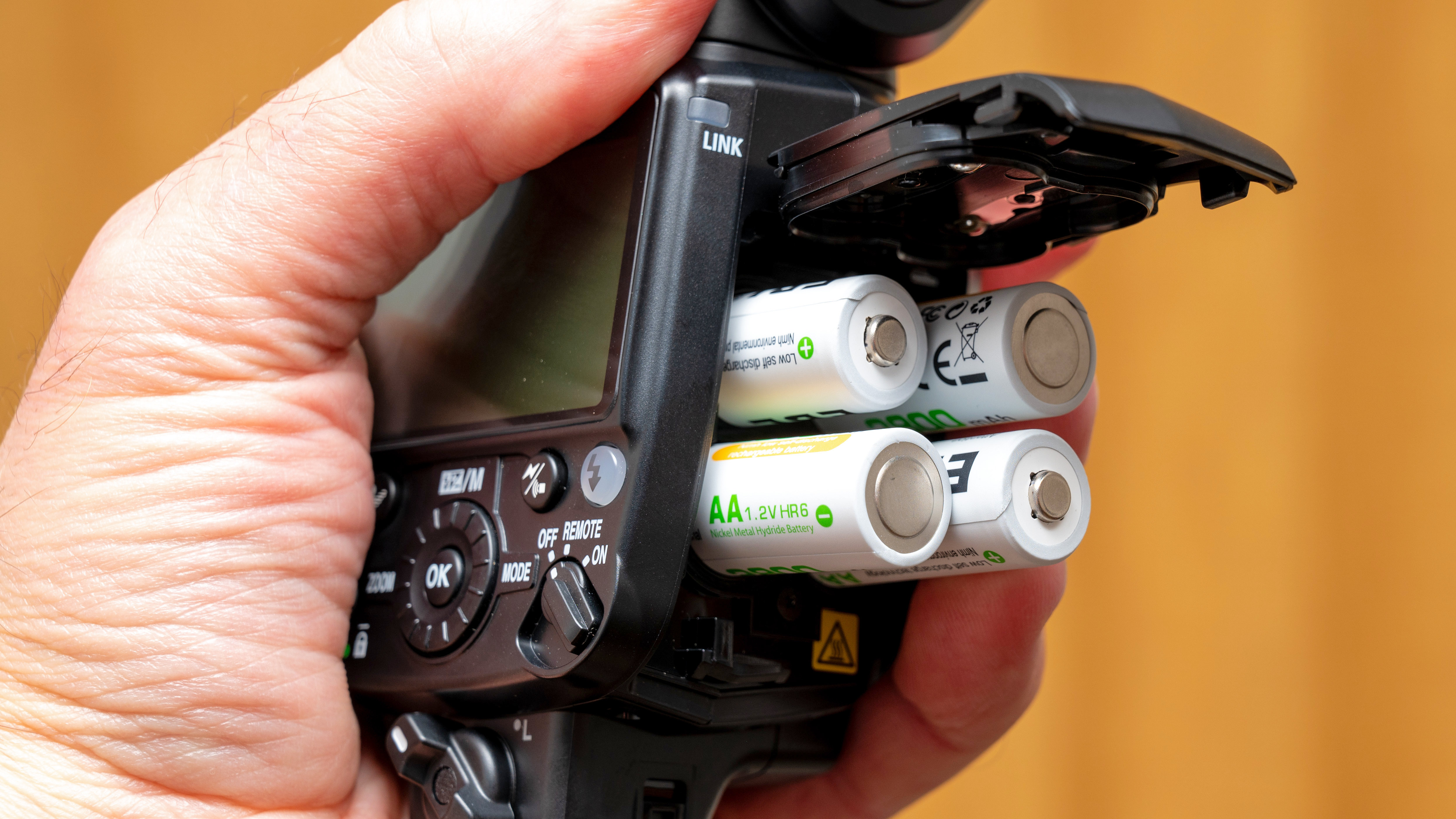
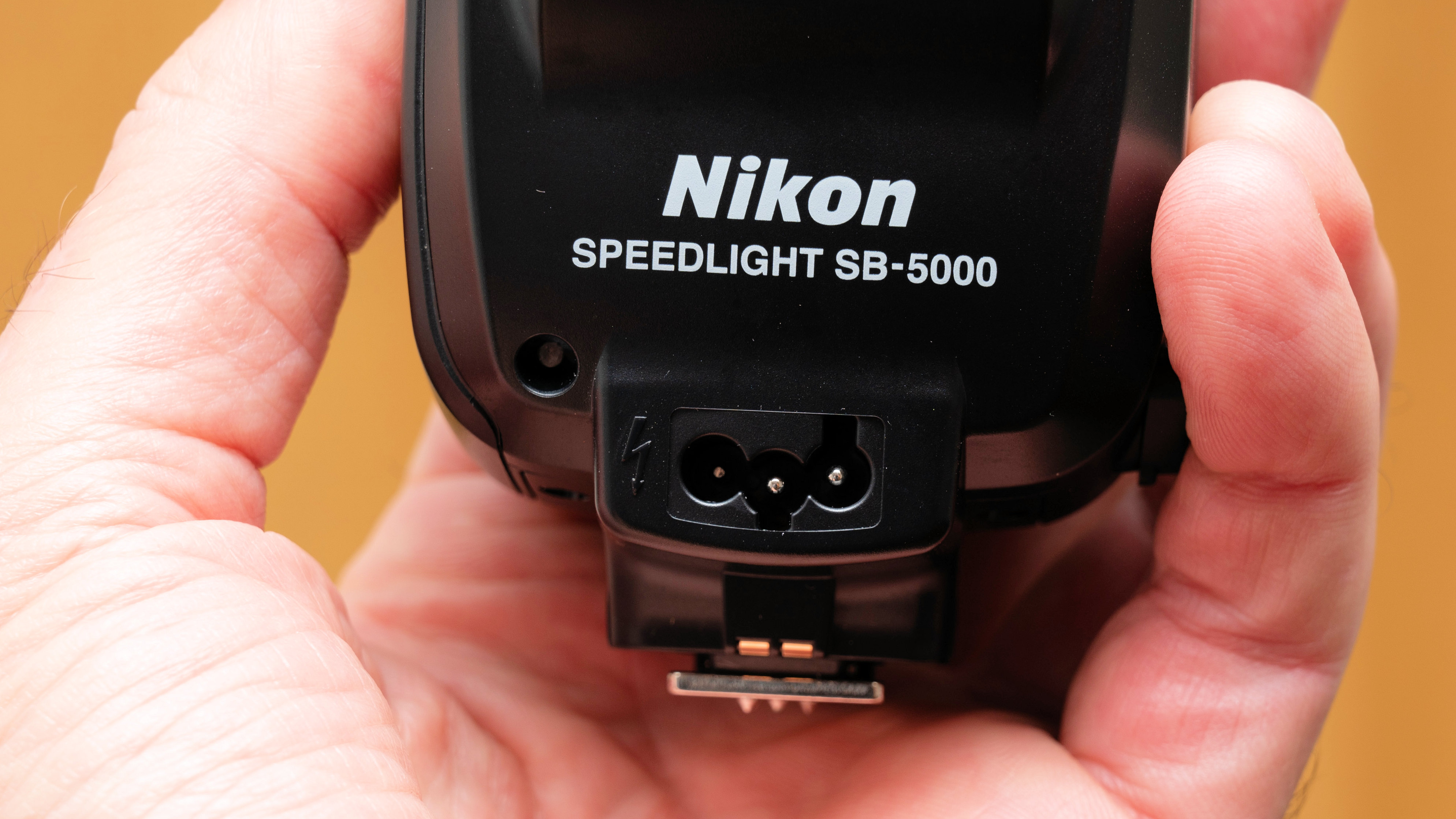
Lab results
We test all available features for each flashgun that goes through out labs. To test power output, we used a Sekonic flash meter placed at a distance of one meter from each flashgun. We check the complete range of manual power settings, in one-stop increments. Based on a sensitivity of ISO 100, the figures correlate directly with the Gn (Guide number). The results are double-checked by taking shots of a gray card with the appropriate lens apertures and using the camera’s histogram display in playback mode. This is done for flash zoom settings of 24mm, 50mm and 105mm (in full-frame terms), where available.
We also check the accuracy and consistency of electronic/intelligent TTL (Through The Lens) flash metering, and the speed with which each flashgun can recycle to a state of readiness after a full-power flash, using both Ni-MH and alkaline cells, or a Li-ion power pack where supplied.
Power output:
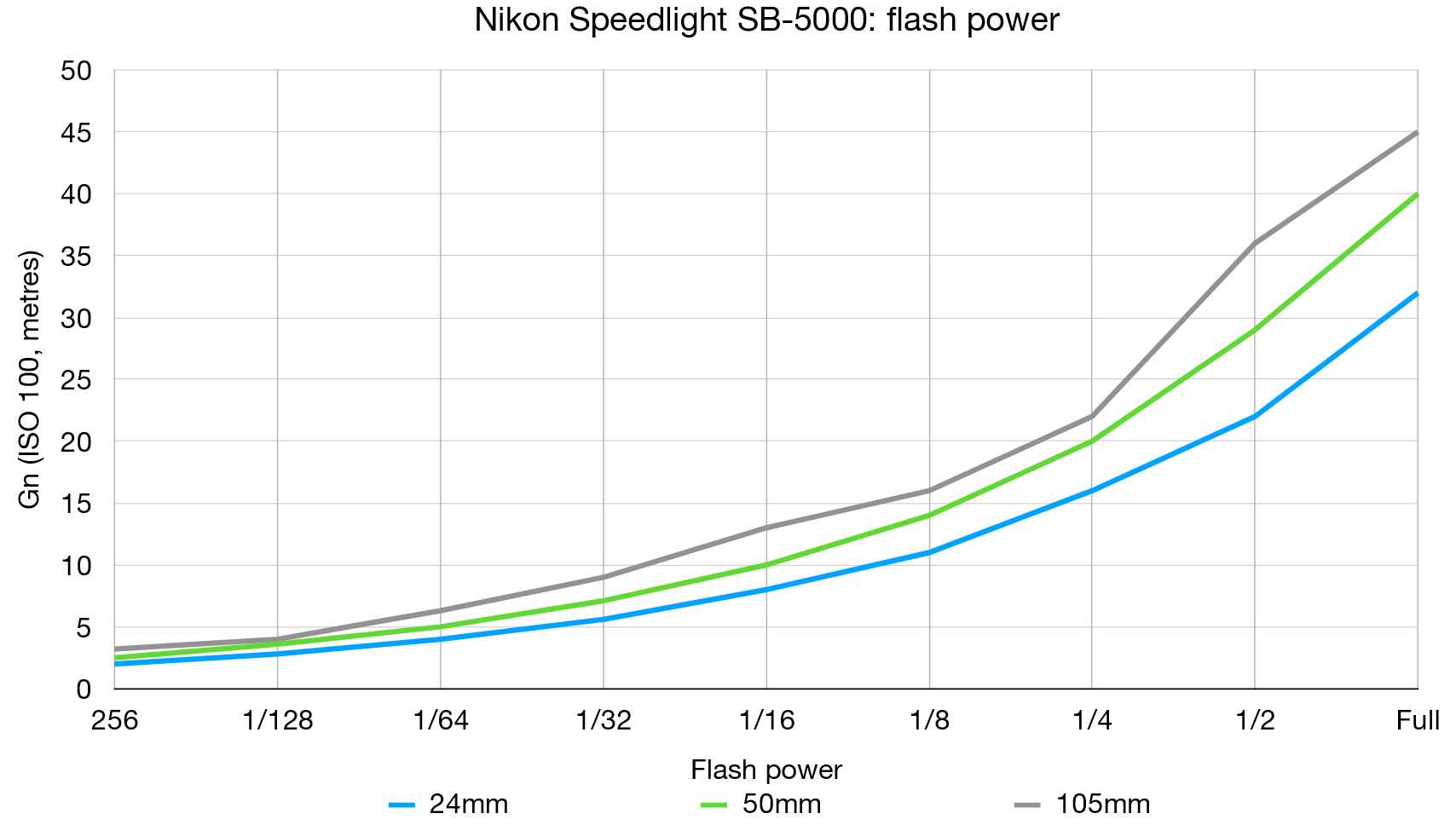
In our tests, the SB-5000 eased ahead of many competing flashguns with higher Gn ratings for maximum available intensity, throughout the zoom range.
TTL accuracy (+/-EV): 0
Highly dependable with absolutely zero under or over exposure, TTL accuracy is equally accurate for hotshoe-mounted and off-camera use.
Recycling speed:
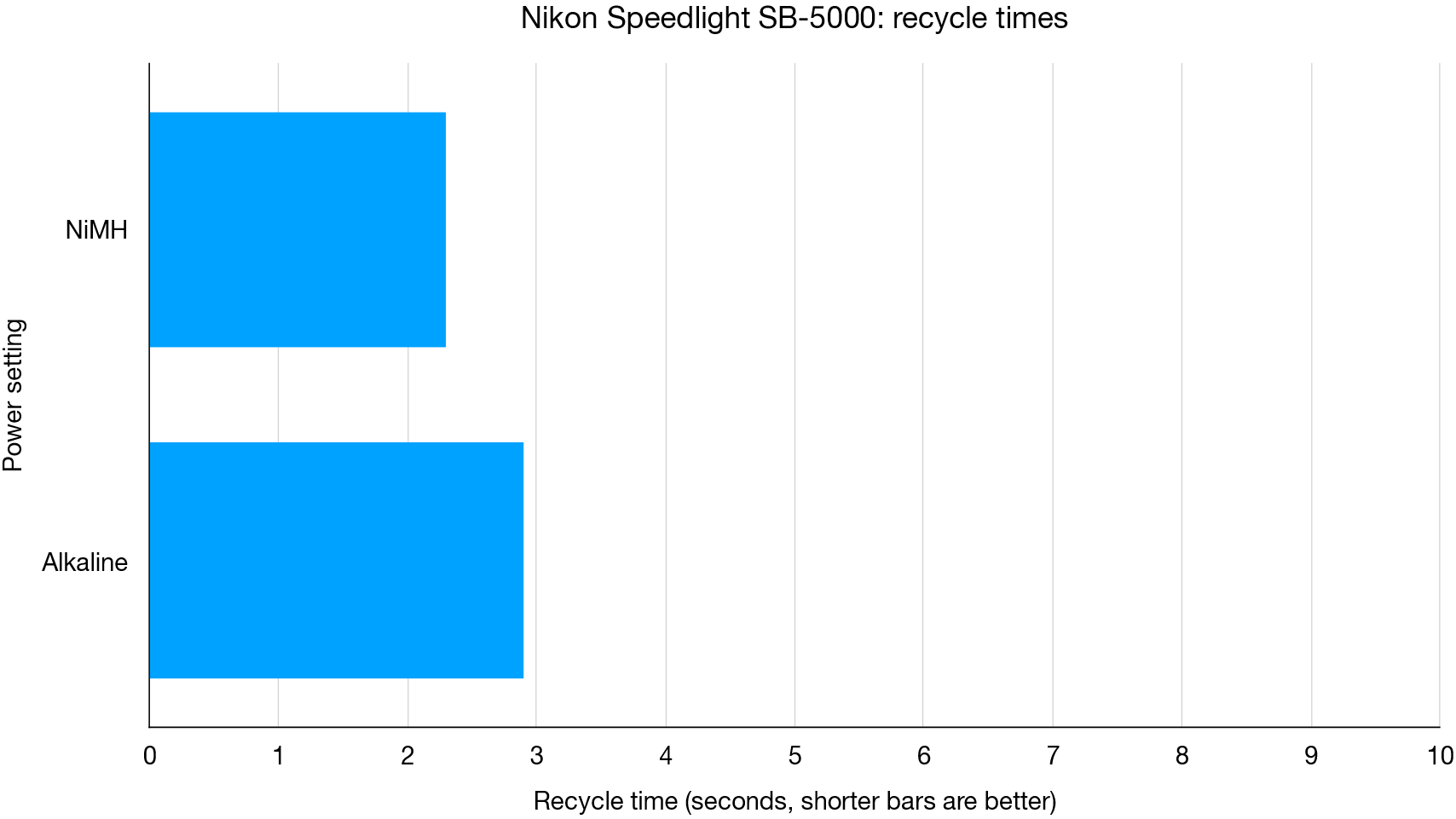
Recycling speeds are comparatively fast when using both NiMH and alkaline batteries, but slower than in some recent flashguns that are supplied with a rechargeable Li-ion battery pack instead, like the Hahnel Modus 600RT Mk II and Godox V860III-N.
Verdict
Nikon’s top-end Speedlight has a good wadge of mod-cons including a 24-200mm motorized zoom head, a full complement of regular sync, high-speed sync, slow-sync and rear-curtain sync, plus a programmable stroboscopic flash mode, along with a beefy maximum power rating. As well as the usual infrared wireless commander/slave options, it adds a built-in RF receiver but, compared with an RF transceiver, that’s something of a missed opportunity.
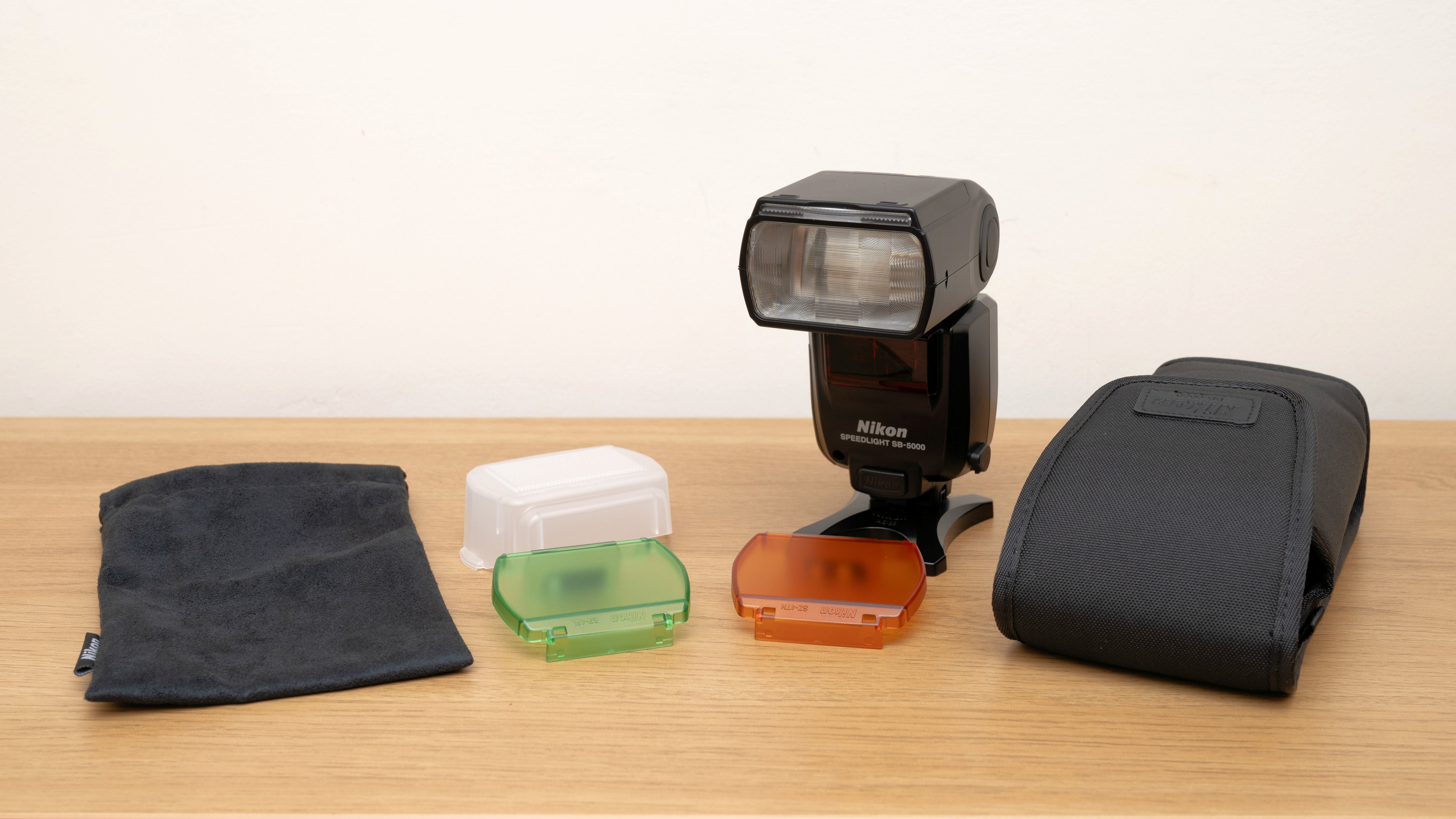
Read more:
• Best camera lenses to get
• Best Canon lenses
• Best Nikon lenses
• Best Sony lenses
Matthew Richards is a photographer and journalist who has spent years using and reviewing all manner of photo gear. He is Digital Camera World's principal lens reviewer – and has tested more primes and zooms than most people have had hot dinners!
His expertise with equipment doesn’t end there, though. He is also an encyclopedia when it comes to all manner of cameras, camera holsters and bags, flashguns, tripods and heads, printers, papers and inks, and just about anything imaging-related.
In an earlier life he was a broadcast engineer at the BBC, as well as a former editor of PC Guide.
